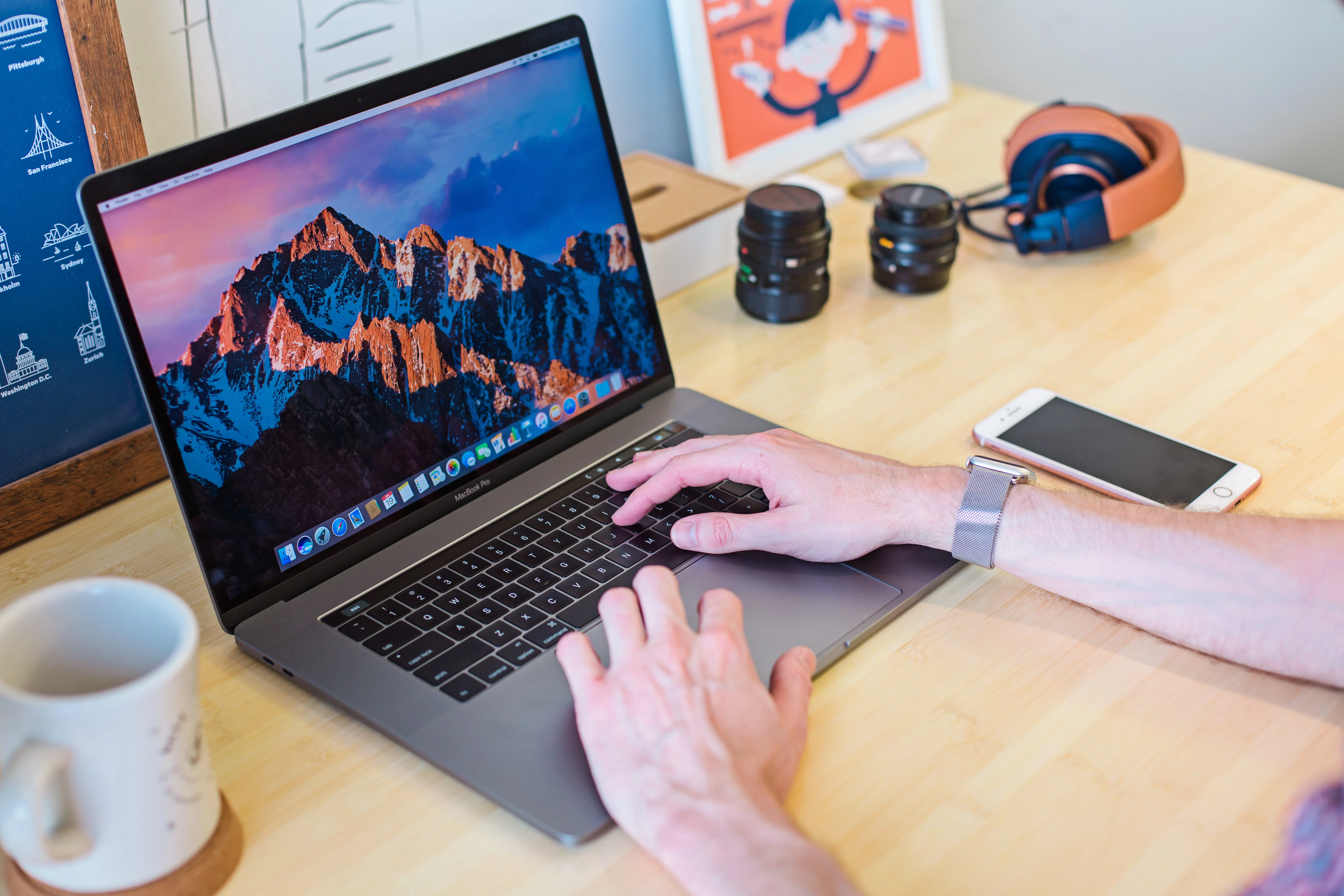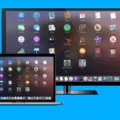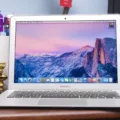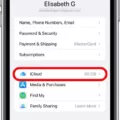The Macbook has become an iconic device for many users, known for its sleek design and powerful performance. One of the useful features of the Macbook is the ability to capture screenshots, which can be handy for various purposes such as sharing information, troubleshooting, or simply capturing a moment on your screen. But where exactly are these screenshots saved on your Macbook?
To find the folder where your screenshots are saved, there are a few simple steps you can follow. First, you need to capture the screenshot. To do this, you can press the ‘Command’, ‘Shift’, and ‘3’ keys simultaneously. This will capture the entire screen and save it as a screenshot.
After capturing the screenshot, it is automatically saved to your Macbook’s desktop. You can easily find it by navigating to your desktop and looking for the screenshot file. It will typically be named with the date and time of capture.
However, if you want to change the default save location of your screenshots, you can do so by following these steps. First, open Finder, which is the file management application on your Macbook. Then, click on “Preferences” in the top menu bar and select “General.”
In the General preferences window, you will see an option called “Show these items on the desktop.” Make sure the checkbox next to “Screenshots” is checked. This will ensure that your screenshots are saved directly to your desktop.
Alternatively, if you prefer to have your screenshots saved in a different location, you can create a dedicated folder for them. To do this, open Finder and navigate to the location where you want the folder to be created. Right-click or control-click on an empty space and select “New Folder” from the context menu. Give the folder a name, such as “Screenshots,” and press enter.
Now, to change the default save location for screenshots, go back to the General preferences window in Finder. In the “Show these items on the desktop” section, uncheck the checkbox next to “Screenshots.” This will prevent screenshots from being saved to the desktop.
Next, open Terminal, which is a command-line application on your Macbook. Type the following command and press enter:
Defaults write com.apple.screencapture location
After the command, you need to specify the path of the folder where you want your screenshots to be saved. For example, if you created a folder named “Screenshots” on your desktop, you would type the following command:
Defaults write com.apple.screencapture location ~/Desktop/Screenshots
Press enter to execute the command. Now, your screenshots will be saved in the specified folder instead of the desktop.
Capturing screenshots on your Macbook is a useful feature that can be easily accessed by pressing the ‘Command’, ‘Shift’, and ‘3’ keys simultaneously. By default, these screenshots are saved on your Macbook’s desktop. However, you can change the default save location to a folder of your choice by modifying the preferences or using the Terminal command. This allows you to organize and access your screenshots more efficiently. So, next time you need to capture and locate a screenshot on your Macbook, you’ll know exactly where to find it.
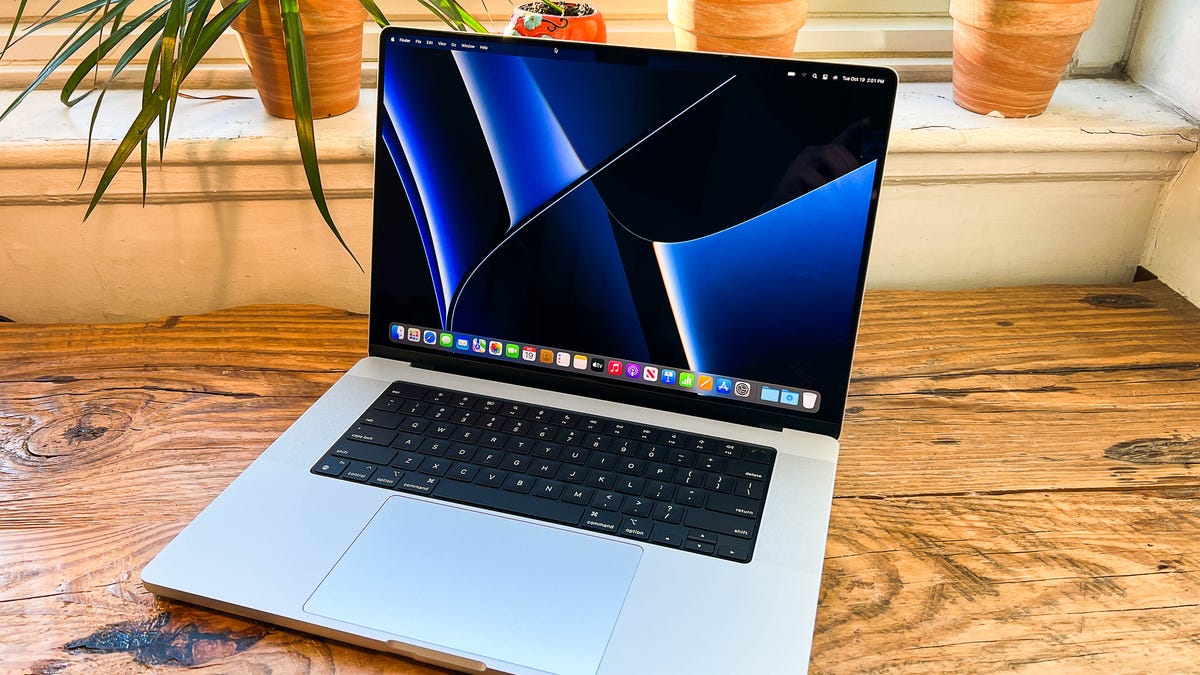
Why Can’t You Find Your Screenshots On Your Mac?
There can be several reasons why you can’t find your screenshots on your Mac. Here are some possible explanations:
1. Wrong default save location: By default, screenshots on a Mac are saved to the desktop. However, if you changed the default save location in the past, your screenshots might be saved elsewhere.
2. Incorrect file naming or sorting: Sometimes, screenshots may not be easily identifiable due to generic names like “Screenshot 1” or “Screen Shot 2022-01-01 at 12.00.00 PM”. Additionally, if your files are sorted by name or date, they may not appear in the expected order.
3. Hidden files or folders: It’s possible that your screenshots are saved in a hidden folder. Mac OS has a feature called “hidden files” that allows certain files and folders to be hidden from view. You can use Terminal or Finder to show hidden files and check if your screenshots are located there.
4. Different keyboard shortcuts: If you modified the default keyboard shortcuts for taking screenshots, it’s possible that your screenshots are being saved to a different location without your knowledge.
To resolve the issue and find your screenshots, you can try the following steps:
1. Check the default save location: Open Finder and navigate to the desktop. Look for any screenshots there. If you changed the save location in the past, try searching for the screenshots in the new location.
2. Use spotlight search: Press Cmd + Space to open Spotlight search and type in “screenshot” or “screen shot”. Spotlight will search your Mac for any files containing those keywords.
3. Show hidden files: Open Terminal and enter the command “defaults write com.apple.finder AppleShowAllFiles true”. Then, press Enter and restart Finder by entering the command “killall Finder”. This will show all hidden files and folders, including any hidden screenshot folders.
4. Review keyboard shortcuts: Go to System Preferences, then Keyboard, and click on the Shortcuts tab. Check the options under Screenshots to ensure that the correct save location is selected.
By following these steps, you should be able to locate your screenshots on your Mac.
How to Save a Screenshot On Mac?
To save a screenshot on Mac, you can use the keyboard shortcut Command + Shift + 3. Pressing these three keys simultaneously will capture the entire screen and save the screenshot as a file on your Mac desktop.
Here are the steps in a more detailed format:
1. Make sure you have the screen or image you want to capture visible on your Mac screen.
2. Press and hold the Command key (⌘) on your keyboard.
3. While still holding the Command key, press and hold the Shift key.
4. While holding both the Command and Shift keys, press the number 3 key.
5. You should see the screen flash or change for a moment, indicating that the screenshot has been taken.
6. The screenshot will be automatically saved as a file on your Mac desktop. The file name will typically be in the format “Screen Shot [date] at [time].png”.
By using this keyboard shortcut, you can quickly and easily capture your entire screen and save it as a screenshot file on your Mac, allowing you to easily reference or share the captured content as needed.




